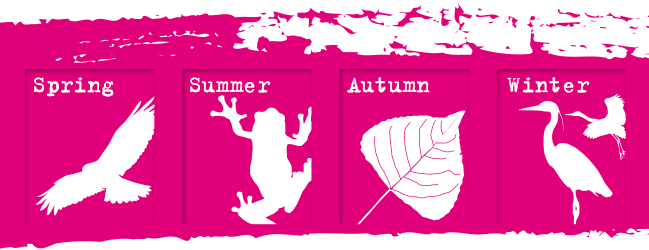“The identities of peoples and places on the Po flood plains”
San Colombano Park extends over an area of 730 hectares in the municipality of Suzzara, on the flood plains overlooking the villages of Riva and Tabellano. The area hosts enormous areas of recently created riparian woodland, poplar wood, plantations, spontaneous willow groves, sandy areas, wet areas corresponding to the old clay pits and “bugni” (characteristic bodies of water originating when an embankment breaks during high water).
During the landscape restoration performed by the Town of Suzzara beginning in 2000, over 250,000 plants belonging to the main native species were planted: white and black poplar, white willow, field elm, bay oak, narrow-leafed ash, alder- buckthorn, snowball tree, dogwood, elder, cornel and so on. The fauna is composed of species typical to the flood plain environment and the woodland associated with it. The birds include the red and green woodpecker, the sparrow hawk, the hobby, the egret and the nycticorax; the reptiles include the grass snakes and the coluber; the amphibians include the tree frog and the common and crested newt.
In 1702, the area was the scene of the bloody battle of Luzzara for the succession to the Spanish throne. Today, by the church in the ancient village of Riva dedicated to the Irish Saint Columbanus, you can find the Memoriale della Riconciliazione (Reconciliation Memorial), a megalithic monument representing the tradition of stone circles in pre- Celtic Ireland.
The park also contains an educational wood, a river dock, a large car park, a refreshment point, a public green space and a system of convenient cycling/walking paths which allow the most important naturalistic areas to be explored. It is freely accessible all year long, the water level of the river permitting.
San Colombano Park is connected to the other wilderness areas in the Mantuan Oltrepò Parks System by the Parks Cycle Route. It is also on the EuroVelo 8 (Cadiz – Cyprus), VENTO (Venice-Tourin) and Oltrepò Mantovano cycling itineraries No. 1 and No. 2.
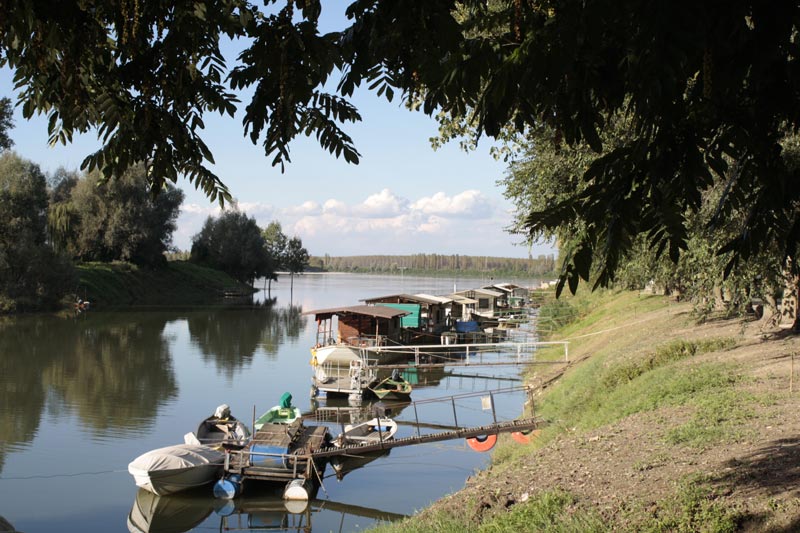
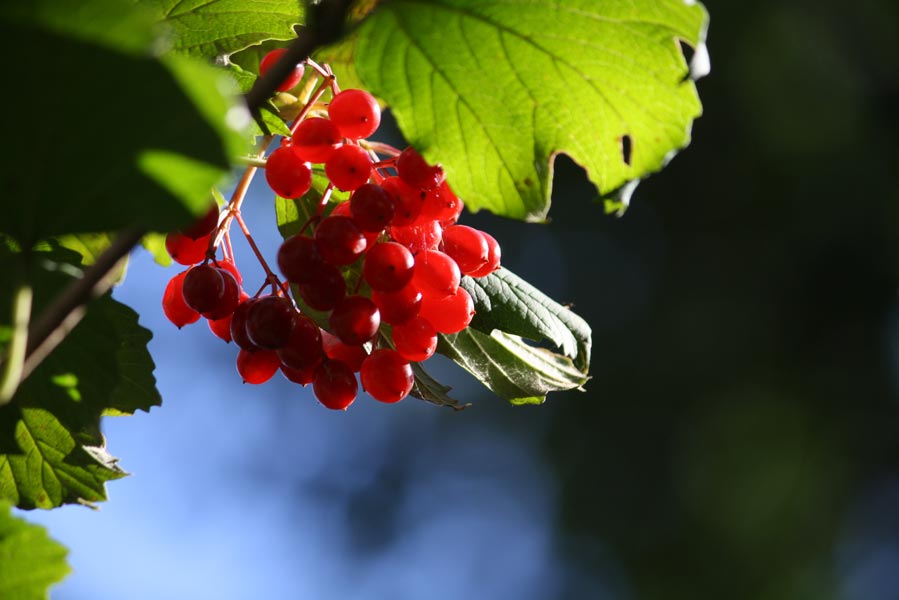
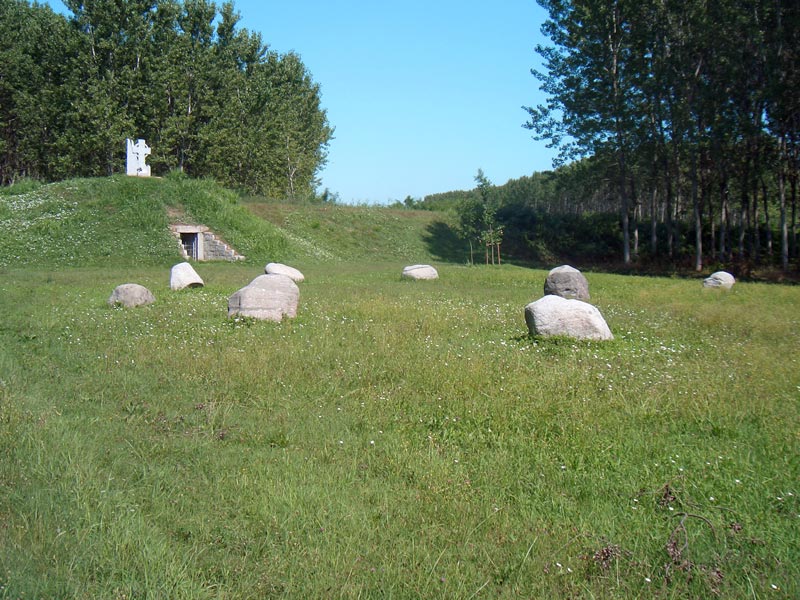
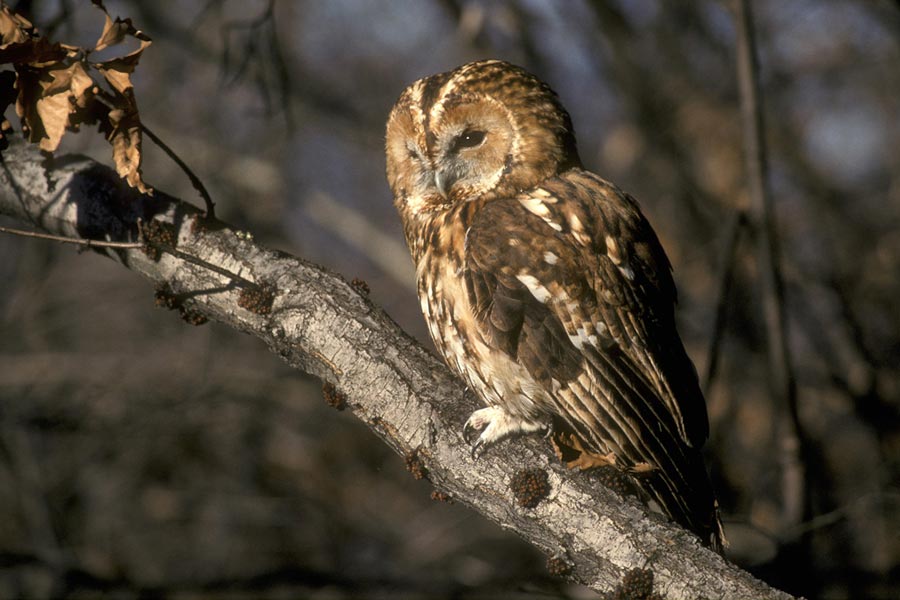
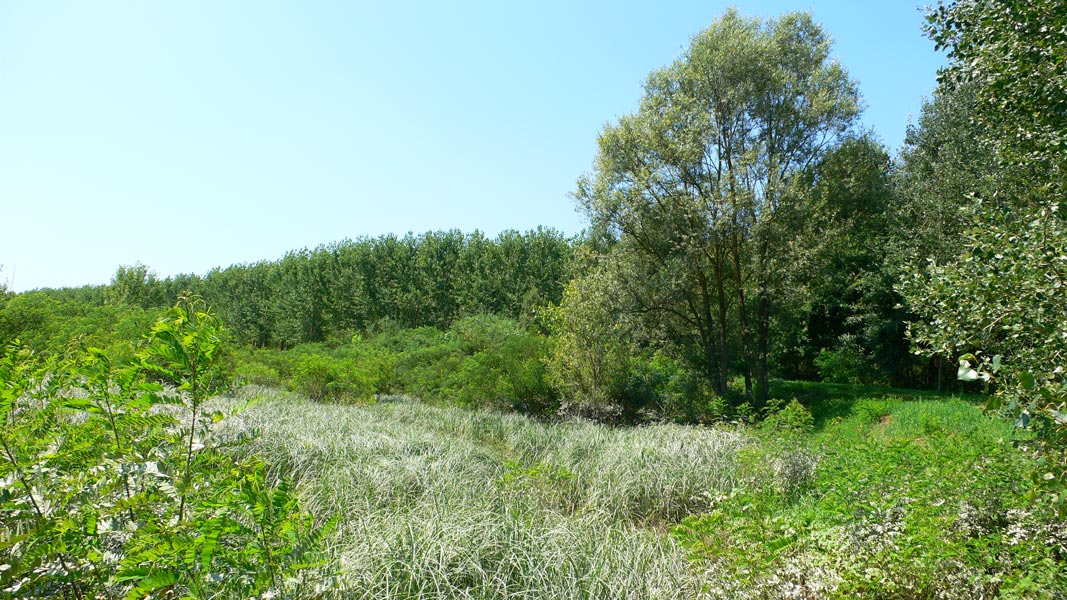
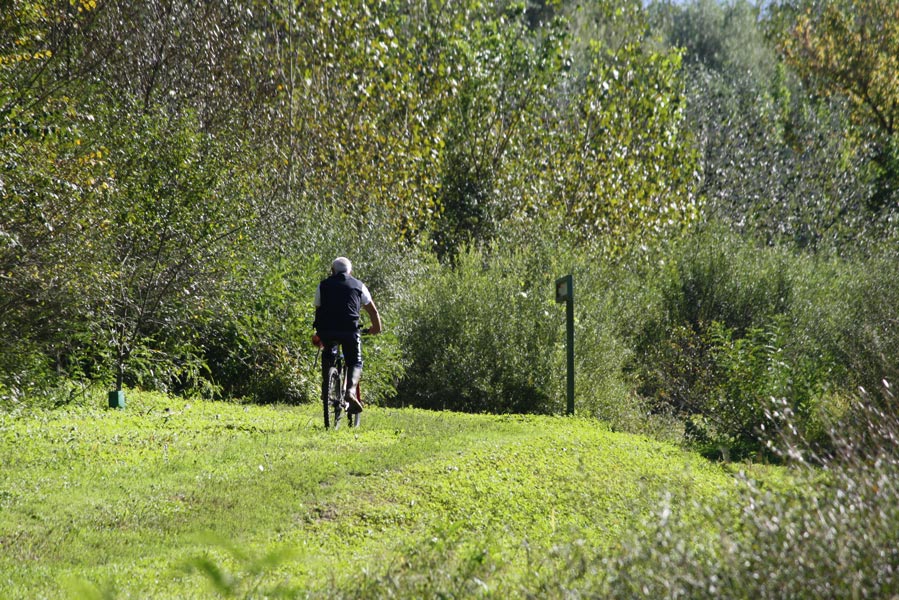
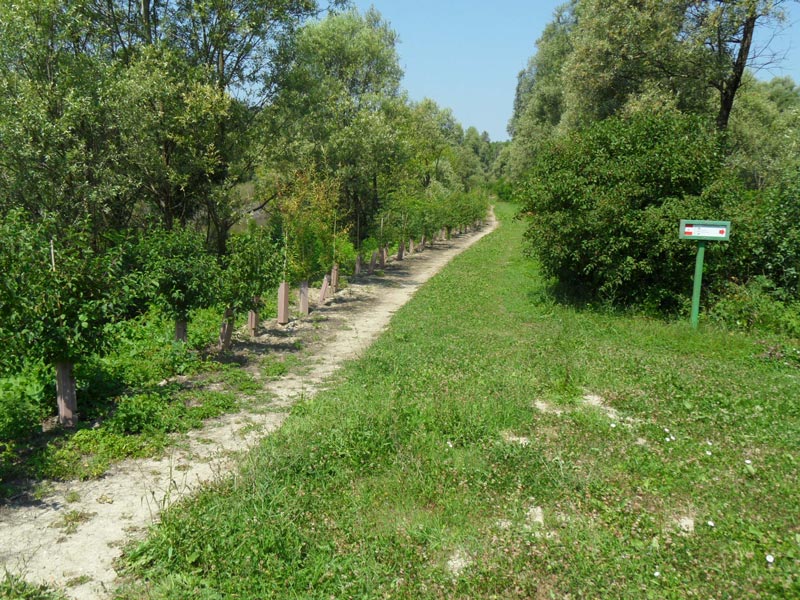
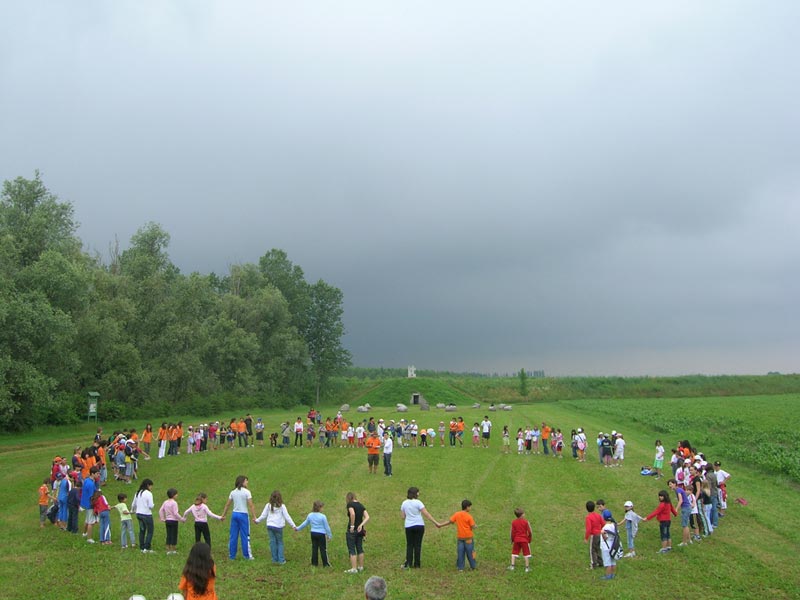
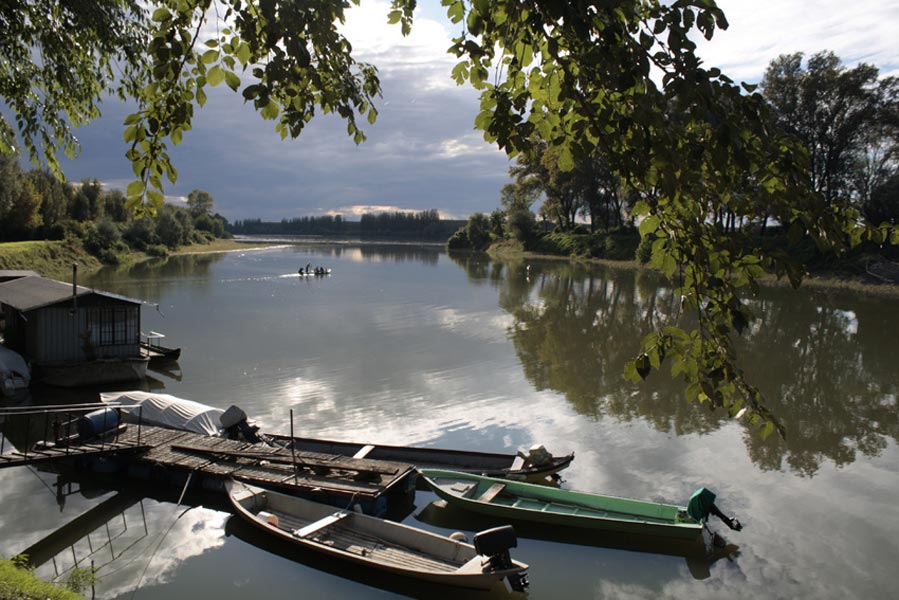
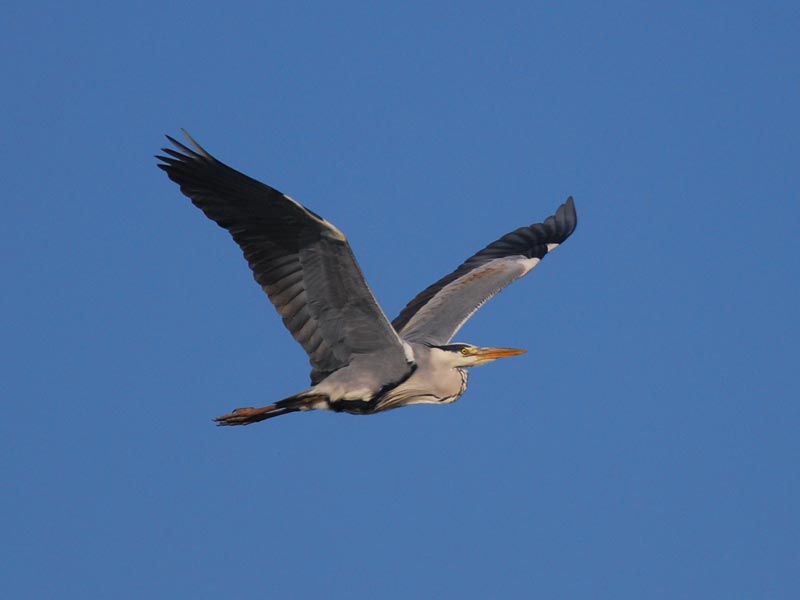
Information
Managing institution: Municipality of Suzzara
Established in: 1997
Area: 733 hectares
Protection status: Local Park of Supra-municipal Interest (within the broader “Viadana, Portiolo, San Benedetto Po, Ostiglia” Special Protection Area
Environment Office, Municipality of Suzzara T +39 0376 513248
Web site: www.parcosancolombano.it
E-mail: ambiente@comune.suzzara.mn.it
San Colombano Park
You can enjoy the following surprising experiences in San Colombano Park:
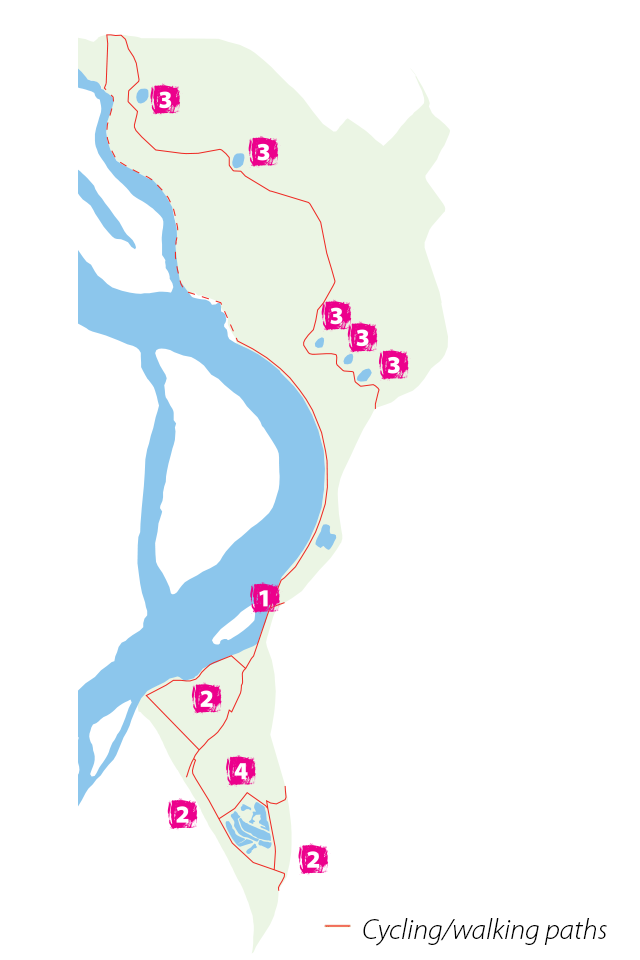
- Immerse yourself in the culture of the Po and its people.
- Visit the woods on the Great River Po which have returned thanks to human intervention.
- Discover “bugni”, small natural treasures.
- Retrace the events of the bloody battle of Luzzara which took place three centuries ago, and see the Memorial of Reconciliation between the peoples which stands there today.
